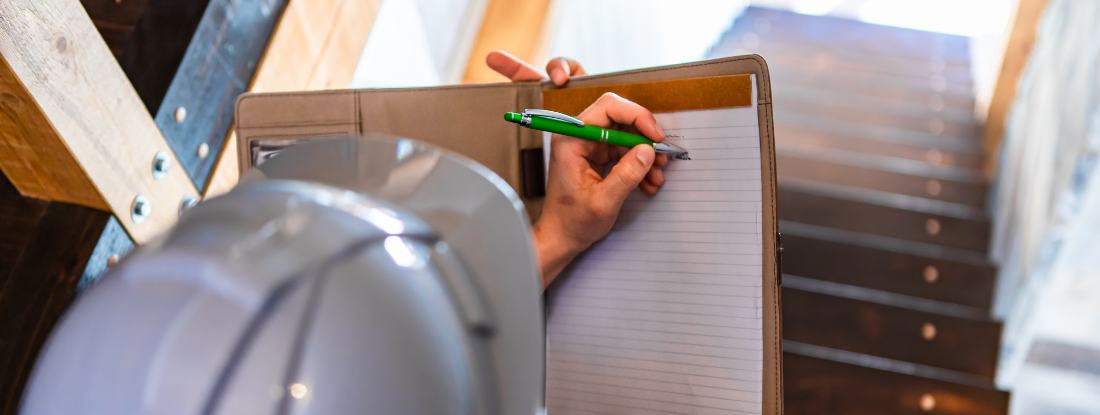Comprehensive Post Mold Remediation Procedures
Comprehensive Post Mold Remediation Procedures
Blog Article
Specialist Tips for Blog Post Mold Removal Success
In the realm of mold remediation, successfully eliminating mold and mildew is only half the fight; the real obstacle exists in stopping its reappearance. By sticking to professional tips and ideal techniques, individuals can protect their areas versus mold resurgence and maintain a healthy indoor setting.
Screen Moisture Degrees Frequently
Regular surveillance of humidity degrees is essential in guaranteeing the efficiency of blog post mold and mildew removal efforts. After finishing mold and mildew remediation procedures, maintaining optimal moisture degrees is critical to avoid mold re-growth and make sure a healthy interior setting. Tracking moisture degrees enables early discovery of any type of spikes or changes that could possibly result in mold and mildew resurgence. High humidity levels above 60% produce a favorable environment for mold to flourish, making normal checking a proactive procedure to avoid any future mold and mildew problems - Post Mold Remediation Report.
Furthermore, developing a routine timetable for humidity checks, especially in risky areas such as basements, cooking areas, and washrooms, is a proactive technique to mold and mildew avoidance. By regularly keeping track of moisture levels, property proprietors can efficiently minimize the danger of mold reoccurrence and maintain a healthy interior environment post-remediation.
Conduct Thorough Inspections Post-Remediation
Following the completion of mold and mildew remediation treatments, it is necessary to conduct detailed examinations to validate the effectiveness of the remediation procedure. These post-remediation evaluations are essential in making certain that the mold problem has been effectively addressed and that there is no reappearance or staying mold and mildew development. Evaluations should be carried out by qualified specialists who have competence in recognizing mold and mildew and assessing indoor air quality.
Throughout these inspections, numerous methods such as visual assessments, air sampling, and surface tasting might be used to completely review the remediated locations. Aesthetic evaluations include a thorough assessment of the premises to look for any visible signs of mold development or water damages. Air tasting aids in determining the airborne mold spore levels, while surface area sampling can discover mold and mildew fragments on surface areas.
Implement Appropriate Air Flow Methods
After making certain the effectiveness of the mold remediation procedure via extensive examinations, the following important step is to focus on implementing correct air flow approaches. Ample air flow is important in avoiding mold and mildew reoccurrence by controlling wetness levels and advertising air flow. To attain this, it is suggested to use exhaust fans in locations susceptible to high moisture, such as kitchens and restrooms. Furthermore, opening doors and windows when weather condition allows can aid enhance airflow and lower dampness buildup. Air cleansers and dehumidifiers are likewise useful devices in preserving optimum interior air quality.
Proper ventilation not only aids in preventing mold growth however likewise contributes to find more the general wellness and comfort of residents. By guaranteeing sufficient air flow throughout the property, you can reduce the threat of mold regrowth and create a healthier living setting.

Use Mold-Resistant Products for Services
To enhance the lasting efficiency of mold and mildew removal efforts, including mold-resistant materials for repairs is important in reducing the threat of future mold and mildew development. Mold-resistant products are created to stand up to wetness and inhibit mold and mildew development, making them a necessary option for locations prone to dampness and humidity. When repairing locations affected by mold and mildew, making use of products such as mold-resistant drywall, mold-resistant paints, and mold-resistant caulking can help protect against mold reoccurrence.
Mold-resistant drywall is an outstanding option to conventional drywall in locations like shower rooms and cellars where moisture levels official statement are higher. When revealed to damp problems, this type of drywall has a special finishing that stands up to mold growth even. Furthermore, utilizing mold-resistant paints consisting of antimicrobial agents can further inhibit mold and mildew growth on ceilings and wall surfaces.
In locations where moisture is typical, such as bathroom and kitchens, utilizing mold-resistant caulking around bathtubs, home windows, and sinks can help secure out water and stop mold and mildew from taking hold in splits and holes. By spending in these mold-resistant materials throughout fixings post-remediation, you can significantly reduce the probability of future mold and mildew problems and preserve a much healthier interior setting.
Maintain Tidiness and Address Water Issues
After mold and mildew remediation, it is crucial to preserve a tidy atmosphere to prevent the regrowth of mold and mildew. Leakages, water breach, or high moisture levels can produce the best reproduction ground for mold and mildew, so it is crucial to repair any type of water-related problems instantly.
To keep cleanliness, consider using HEPA filters in vacuums and air cleansers to trap mold spores and avoid their circulation airborne. Additionally, guaranteeing appropriate air flow in locations prone to moisture buildup, such as kitchens and bathrooms, can aid maintain humidity levels in check. By remaining attentive More Help regarding cleanliness and dealing with water issues promptly, you can properly prevent mold reinfestation and keep a healthy and balanced indoor environment.
Verdict

In the world of mold and mildew remediation, effectively getting rid of mold is just half the battle; the true challenge lies in preventing its reappearance. After completing mold remediation procedures, keeping optimal humidity levels is essential to protect against mold and mildew re-growth and guarantee a healthy indoor atmosphere. High moisture levels over 60% produce a helpful setting for mold and mildew to thrive, making regular monitoring an aggressive action to protect against any kind of future mold concerns.
To boost the lasting efficiency of mold removal efforts, incorporating mold-resistant materials for repair services is essential in minimizing the threat of future mold and mildew growth. After mold and mildew removal, it is critical to keep a tidy setting to stop the regrowth of mold and mildew.
Report this page